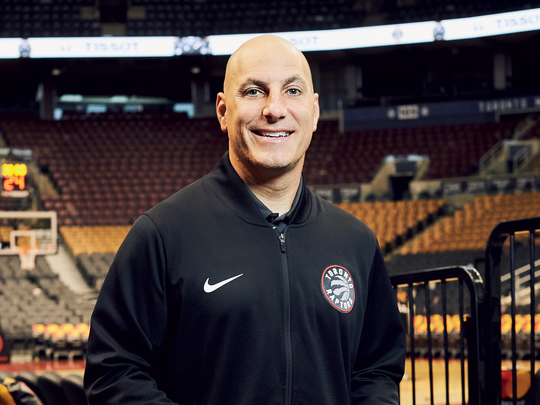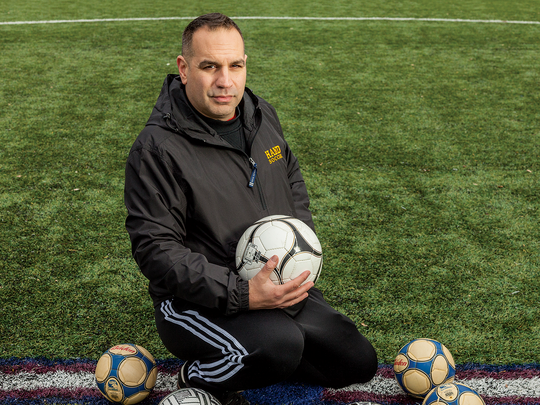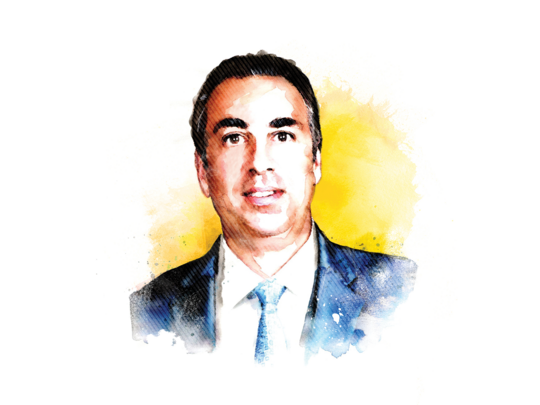When he is not overseeing the maintenance of robust freight fleets, Kemanián can be found in the garage restoring classic cars or sprucing up his garden. Born in Montevideo, Uruguay, Kemanián still resides in the city that has shaped who he is today. Comparatively smaller than most European nations, Uruguay is home to a well-established and thriving community of roughly 15,000-18,000 Armenians.
As members of AGBU, my parents took an active role in the social and community life of Montevideo. We learned from them to share from a very young age.
As one of the smallest populations in Latin America, what is the greatest challenge working in Uruguay? Our country is very small compared to our neighbors in South America. With a population of nearly 3.5 million, slightly more than Armenia, the economy is limited as it represents a very small market. In addition to the scarcity of jobs and business opportunities, foreign investment is much more likely to look to Brazil with a population of 220 million or to Argentina, with more than 45 million inhabitants as more lucrative markets to invest. As someone involved in the transportation industry, this is of great concern as it is for all Uruguayans.
What does your specific position entail? I am responsible for generating training programs for personnel who drive cargo transportation. I helped introduce, with the assistance of a road safety school, the first program to offer driving simulators to train drivers in Uruguay. This program was later implemented in Brazil. I have also been involved in several other pioneering projects in Uruguay and in the region, including the implementation of the first RO-RO (roll-on/roll-off) ship that transported loaded trucks between Uruguay and Argentina containing merchandise in transit from Bolivia, Paraguay and Brazil.
What is your history with AGBU? My family bond with AGBU goes back a long time. My maternal grandmother, Yerchanig Chakerián, survived the genocide as one of the thousands of children who were cared for in an orphanage run by AGBU and the Armenian Church. She later helped found the local AGBU chapter in Uruguay. All her family, among whom today only my mother Shaké survives, were closely involved with AGBU. My father, Alberto Kemanián, who belonged to another Armenian institution in the community, joined AGBU prior to the foundation of the Nubarián School in Montevideo and he also served as a board member there for many years. As members of AGBU, my parents led an active role in the social and community life of Montevideo. We learned from them to share from a very young age.
How does the AGBU Uruguay chapter engage with outside communities to promote Armenian culture? We have produced a number of journalistic broadcast programs, a television documentary on the occasion of the centenary of the Armenian Genocide in 2015 we worked with the radio program Justicia Infinita. Both programs had a noticeable impact on Uruguayan society. More recently we also aired a special television report on Saturdays in primetime detailing our trip to Armenia during the 88th AGBU General Assemly in New York. We are also attracting attention through out sports programs and made an agreement with the National Secretary of Sports, the Uruguayan Federation of Basketball and the Federation of Beach Volleyball to renovate and use our sports facility.
Banner Illustration by Luis Tinoco
















